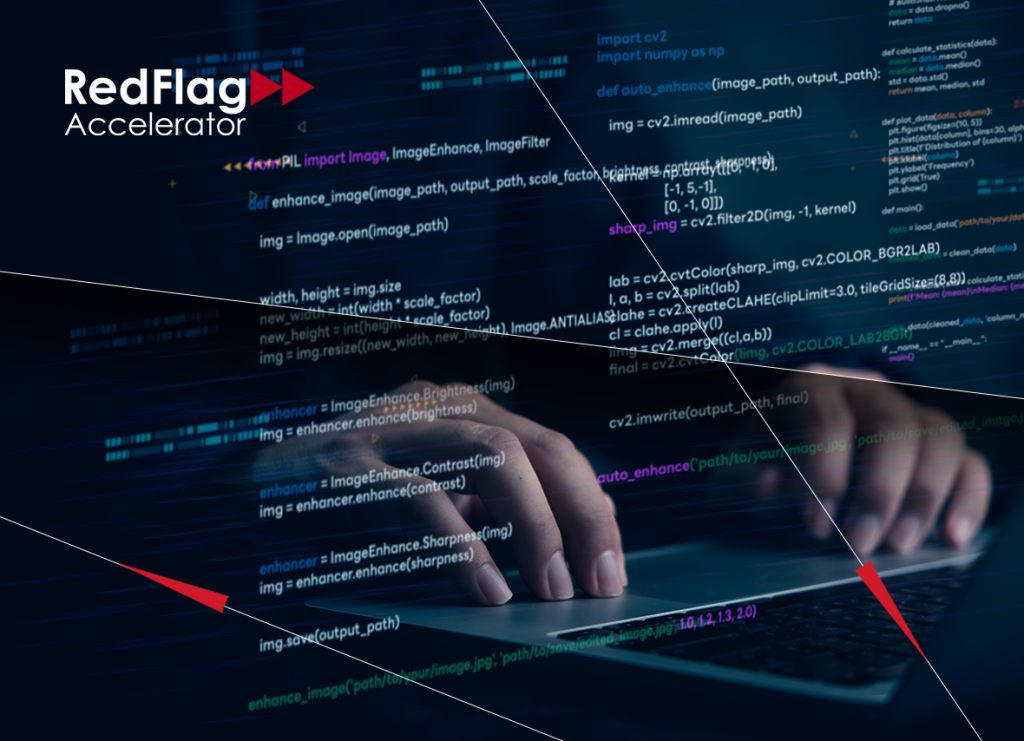The signs of Modern Slavery
I guess you expect me to start from the very beginning.
I could tell you that there are more slaves today than EVER before, and that our image of slavery as Africans and their descendents being kidnapped, brutally treated, picking cotton, or cutting sugar in the American south and the old European Caribbean, is outdated.
I could explain that the food you eat is picked by slaves each week (canned tomatoes from Italy, produce from the farms of England…) and that the clothes you wear are stitched by slaves. And that you have your cars washed and your nails painted by exploited workers.
I could depress you with the statistical truth that you almost certainly know people who have paid for sexual services from someone trapped in that life, having been promised a better future.
I could craft a story of a child’s journey from birth to being sold by a parent. Or the story of a family trying to give their child a better life by paying a smuggler who eventually sold them into slavery. Or again, a story of worker who signed up willingly, but unknowingly, into the exploited labour force.
Or, I could also try another angle.
I could prove to you how climate change and our environment are massively impacted by exploited labour. I could show you how clearing the Amazon of its rainforest is enabled by exploited labour. Or, how overfishing is often economically reliant on slave labour.
But I think you already know this.
The truth is: I think you care. I think it bothers you to think of the beggar on the street being forced to beg, while you are helpless to do anything. I don’t think the issue is compassion fatigue, because you do care, but compassion frustration. In other words, you are thinking ‘but what can we do?”
For those of us who work for banks, as employees or consultants, we know that a huge amount money from human trade is flowing through our systems, accounts, and ecosystems. We know that where humans are bought and sold, we will also find drug money, animal trade money, and mafia money. But all of that is buried in terabytes of data hidden by hundreds of thousands of pounds of costs. The evidence is isolated in different systems hiding in plain view. Even just planning on how to surface that data costs tens of thousands of pounds, Euros, or dollars. We know that there is just no time, or money to start.
And this is the story I want to tell. The story of data. Stop! Hold! Stay with me.
How to spot the Modern Slavery and Human Trafficking (MS&HT) money in your data
A few years ago, we attended a financial crime conference in Florida, organised by ACAMS. Here we met a lady – let’s call her Jane – who worked for a large payment transfer company. Jane told us that they can literally see human trafficking occurring outside their office. “We literally see women being exploited”, she told us. “We know that money ends up moving through our company but what can we do to find it? Sanction lists, money laundering algorithms… We have those. But spotting money used to buy and sell people, we don’t know how to do that.”
That was it, the beginning of a journey. We started to look for answers and we found the Banks Alliance/Thompson Reuters Trust Human Trafficking Red Flag reports. We read online research by academics and banks in the Netherlands; we read police case reports, the UN report on financial services and human trafficking, and the Lichtenstein report. We looked at 58 sources. We compiled. We collated.
We listened to the amazing people at STOP THE TRAFFIK in London and the US. We met with the UK’s government’s Commissioner on Modern Slavery and Human Trafficking and her team. We got to spend time with IBM and the STOP THE TRAFFIK team to learn more about IBM’s Traffik Analysis Hub project.
And, over that time, we hatched a plan. We knew that as a payments and financial crime consultancy we had the resources to take all that information, Red Flags, case studies and patterns and combine them and, importantly, enrich the data. To define the data. To break out the variables in each flag in such a way that a bank’s own data scientists can quickly access those patterns. So, we developed a free model for all this information that we called RedCompass Labs RedFlag Accelerator.
How the RedCompass Labs RedFlag Accelerator works
We developed the RedFlag Accelerator starting with a long list of reports and flags. The key was to transform those infinite number of pages into information that bank systems could immediately use to spot suspicious transactions. Let me give you a glimpse into what we have done.
- One report says: “Flag: all members of one address have different names and different accounts”.
- We decoded how a banking system might view that one flag (i.e. address, last name, account numbers).
- Then, we added the enriched flag from another report, that says that “where the same person is a second signatory to multiple addresses” there is an alert. Again, we broke down this information into data usable by the banking system (i.e. second signatory and last name) and added it to the variables of the previous flag and other variables to develop a scenario.
- We then continued with another source of data – for example, “Flag: money deposited and swiftly withdrawn from an ATM” – and decoded this information (i.e. transaction type (General Ledger), time stamp, and channel (ATM)) and built up the scenario further.
- And on and on…
We proceeded to decode all the flags available and elaborated on the flags that were denoted as Transaction (ATM, General Ledger, Payment…). Finally, we packaged all this data in a format that will constantly be updated and, most of all, shared for free with all the banks that are willing to act.
Yes, for free.
BUT… BUT… I know what you are thinking. Why did we do that? Because we had Compassion Frustration, not compassion fatigue. And secondly, how can RedCompass Labs afford to do that when the banks can’t? Because there was a high chance that a services model or an enterprise license model could be found to support this. But even if we never find those models, we did it because it needs to be done. It just does. So, we did it!
Share this post
Written by

Tom Hewson
CEO
Resources






